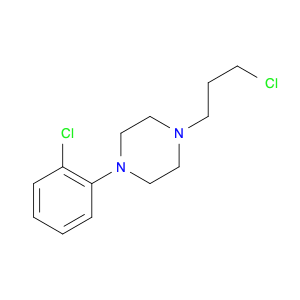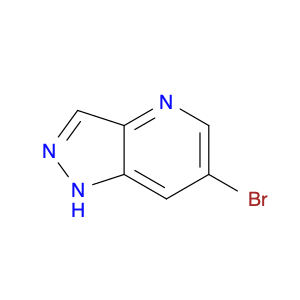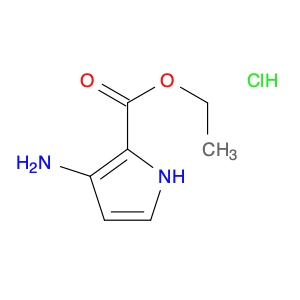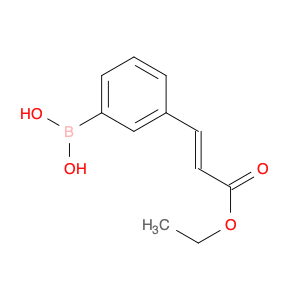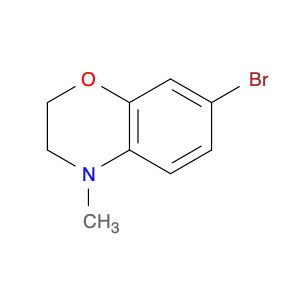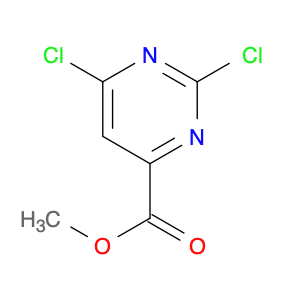1-(2-Chlorophenyl)-4-(3-chloropropyl)piperazine, commonly referred to as $name$, is a versatile compound that finds wide application in chemical synthesis. In organic chemistry, this compound serves as a crucial building block in the preparation of various pharmaceuticals, agrochemicals, and other fine chemicals. Its unique structure containing both chlorophenyl and chloropropyl moieties allows for diverse reactivity and functionality modifications, making it a valuable intermediate in the synthesis of biologically active compounds.This compound is particularly useful in the development of potential drug candidates due to its ability to interact with biological targets, such as receptors or enzymes, through specific structural modifications. By incorporating 1-(2-Chlorophenyl)-4-(3-chloropropyl)piperazine into molecular frameworks, chemists can tailor its properties to enhance activity, selectivity, and pharmacokinetic profiles of the final products. Additionally, its presence in the chemical structure can impart desirable physicochemical characteristics, aiding in drug formulation and delivery strategies.Furthermore, in the field of materials science, the incorporation of 1-(2-Chlorophenyl)-4-(3-chloropropyl)piperazine into polymer chains can lead to the development of functional materials with tailored properties. By introducing this compound as a monomeric unit in polymerization reactions, researchers can engineer polymers with improved thermal stability, mechanical strength, or optical properties, depending on the desired applications.Overall, the unique structural attributes and reactivity of 1-(2-Chlorophenyl)-4-(3-chloropropyl)piperazine make it a valuable tool in chemical synthesis for the creation of novel molecules with targeted properties and functionalities. Its versatility and potential applications in pharmaceuticals, agrochemicals, and materials science highlight its significance as a key intermediate in the development of innovative compounds for various industries.
 sales@aaronchem.com
sales@aaronchem.com
